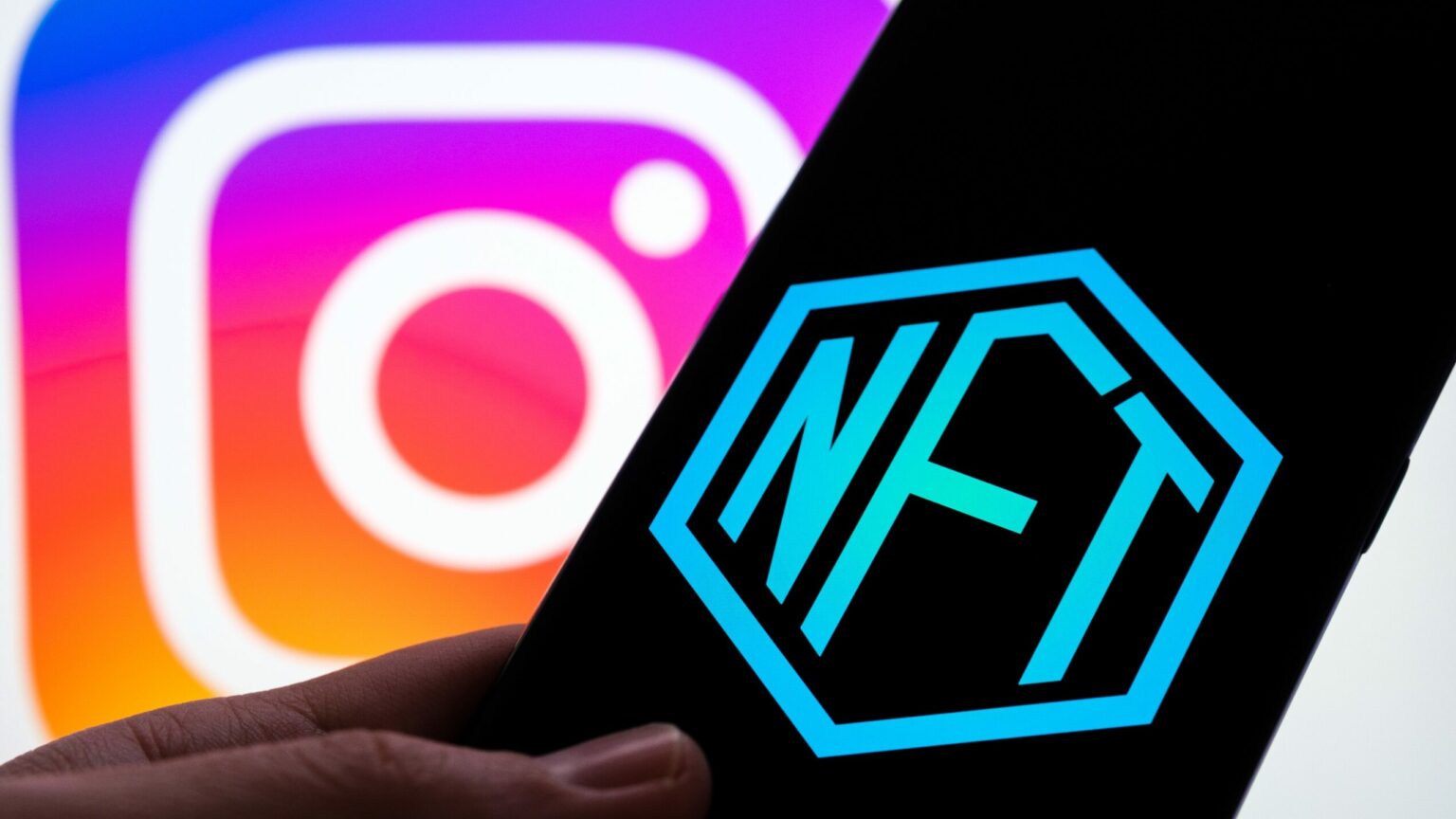Instagram announced late Monday that it is shutting down its NFT feature. The decision, which came as shock to many in the non-fungible tokens community, means that creators will no longer be able to release and sell NFTs to the public via the platform.
In a short Twitter thread, Meta’s head of Commerce and Financial Technologies Stephane Kasriel, revealed that digital collectibles, or NFTs, will be disabled across the popular social media networking site. He did not say when this will happen. Instagram is owned by Meta.
“We’re looking closely at what we prioritize to increase our focus. We’re winding down digital collectibles (NFTs) for now to focus on other ways to support creators, people, and businesses,” Kasriel wrote.
Some product news: across the company, we're looking closely at what we prioritize to increase our focus. We’re winding down digital collectibles (NFTs) for now to focus on other ways to support creators, people, and businesses. 🧵[1/5]
— Stephane Kasriel (@skasriel) March 13, 2023
Experiment gone wrong
Instagram began testing digital collectibles with select U.S. creators and collectors in May last year, letting them share NFTs that they created or bought with their followers or fans.
The feature included connecting a digital wallet, sharing digital collectibles and automatically tagging the creator and collector. Creators were not required to pay any fees related to posts or shares of an non-fungible token on Instagram.
Also read: ‘Ordinals Sparked a Fire for Bitcoin NFTs’ but Hardliners Scream Bloody Murder
By end of 2022, Instagram and Facebook had expanded the NFTs feature to users in around 100 countries across the world. Creators could make their own NFTs on Instagram and sell them to fans, both on and off the site. A small group of U.S. creators tested the sale option.
But it does not appear that Instagram could have the NFT functionality grow at the desired scale. While Stephane Kasriel emphasized that he looked “forward to supporting the many NFT creators who continue using Instagram…” there was also an admission of failure.
“Creating opportunities for creators and businesses to connect with their fans and monetize remains a priority,” he said on Twitter, adding:
“We’re going to focus on areas where we can make impact at scale, such as messaging and monetization opps for Reels.”
Instagram ‘quit before it started’
A non-fungible token is an immutable and unique unit of data stored on the blockchain. NFTs can be used to represent items such as photos, videos, audio and other types of digital files.
In 2020, non-fungible tokens emerged as a cultural storefront of the cryptocurrency industry, bringing up novel possibilities in the curation and circulation of art. NFTs swayed fascinated endorsements from pop celebrities such as Snoop Dog, Lindsay Lohan, and several others.
Digital artist Beeple, sold an NFT for more than $69.3 million in 2021. Twitter founder Jack Dorsey, converted his first ever tweet into a non-fungible token and sold it for $2.9 million.
Instagram’s decision to suspend digital collectibles will come as a shock to many in the community, who cheered the official launch last year as a coming of age for NFTs.
Crypto artist and photographer Dave Krugman described the move as “short sighted [and] just wild.”
“Inclusion of digital collectibles has so much potential to help creators engage their communities and counterbalance the pitfalls of attention based advertising economies,” he wrote on Twitter.
“You guys quit before you even started. A real shame and undoing a lot of really. The trust earned over the past year is now squandered, pushing artists even further away.”
Such a short sighted move. Inclusion of digital collectibles has so much potential to help creators engage their communities and counterbalance the pitfalls of attention based advertising economies. You guys quit before you even started. A real shame and undoing a lot of really…
— Dave💧💧💧 (@dave_krugman) March 13, 2023
Identified only as Matthew, the creative lead at NFT platform Niffty Gateway commented:
“Instagram just figured out (again) it’s more profitable/easy to continue exploiting artists for eyeballs to sell to advertisers instead of helping artists make money on their platform.”
“Posts on IG [Instagram] never translated to more sales on NFT marketplaces anyways,” he added.
Meta, which owns Facebook, Instagram and WhatsApp, is the world’s largest social media firm boasting 3.59 billion active daily users, according to Statista. The company pivoted to the metaverse in 2021, changing its name from Facebook to Meta to reflect the new focus.









 and then
and then